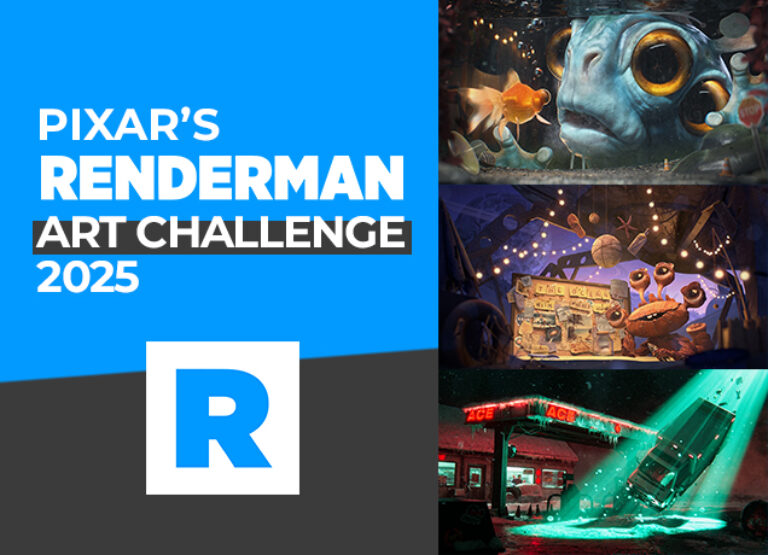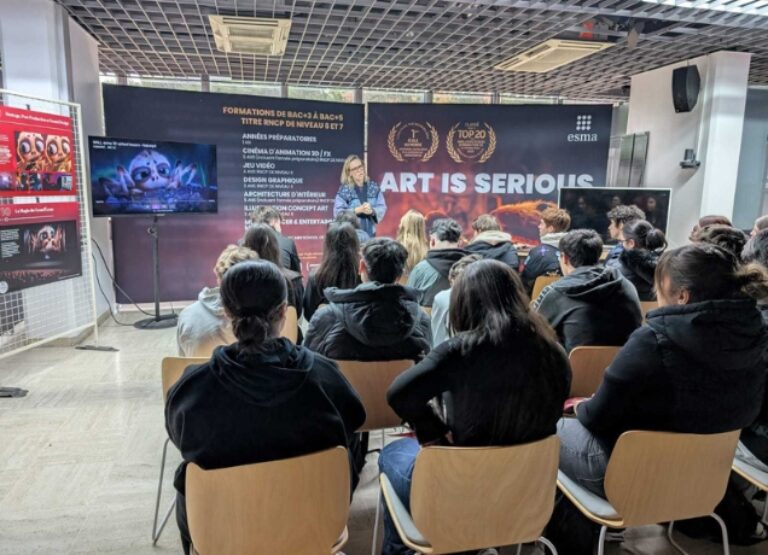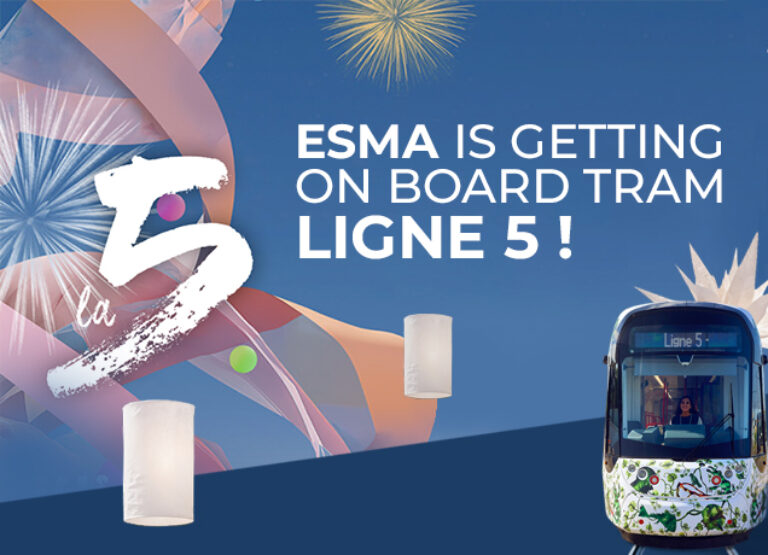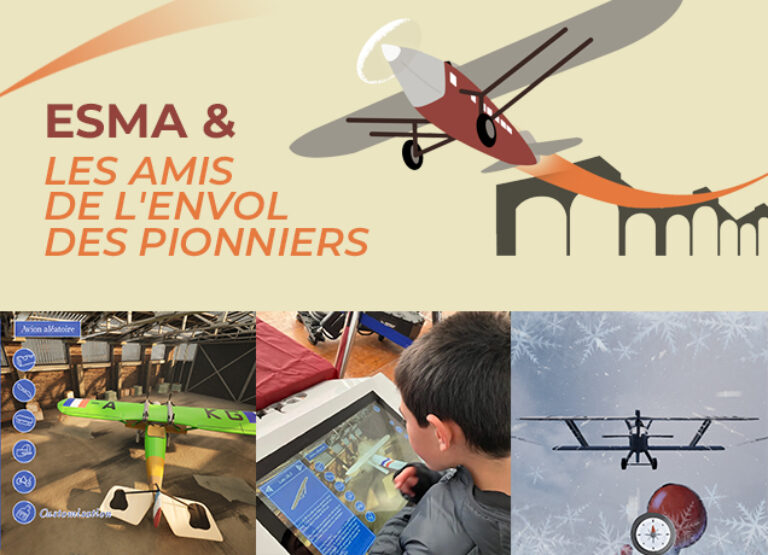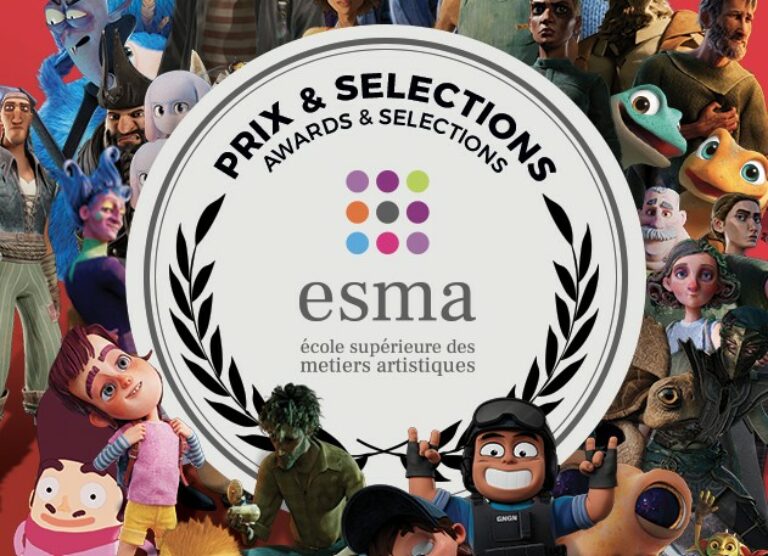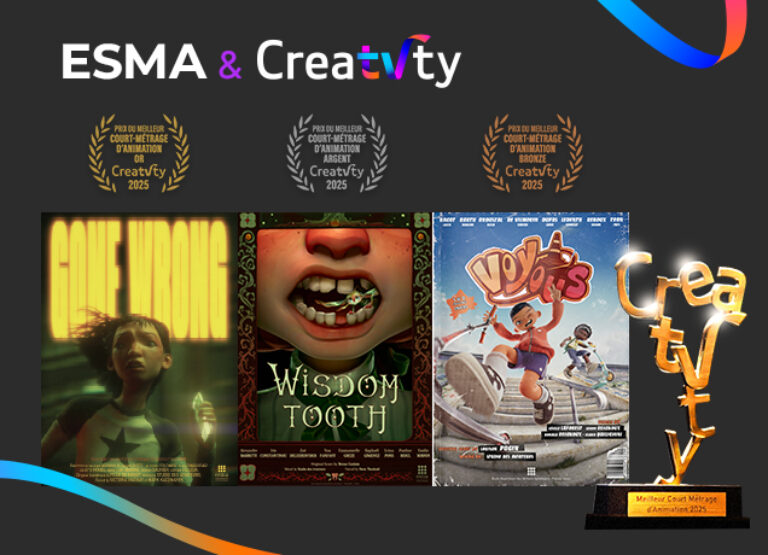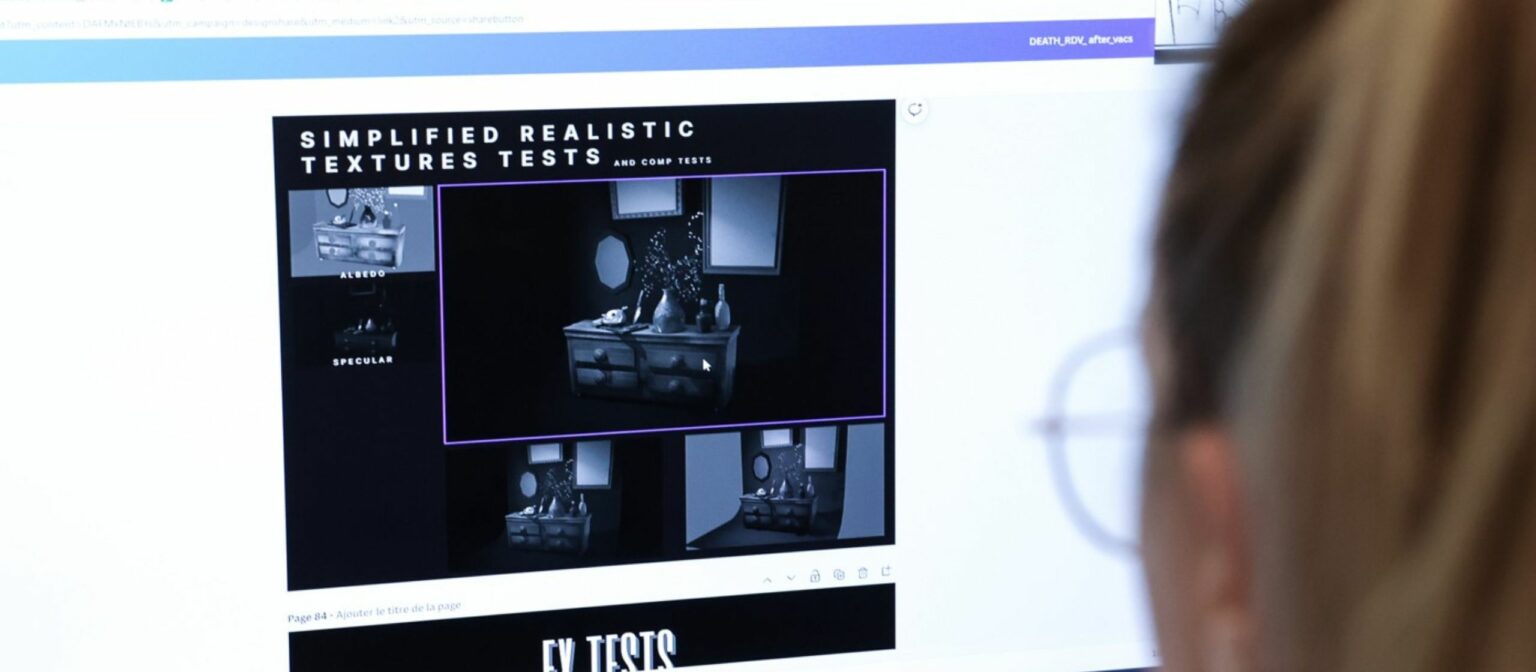
- Published 06.16.2025
- type Thematic news items
- Training 3D Animation & FX / Video Game / Concept Art Illustration
Summarize with:
Indispensable in today’s animated film and video game industries, but also in many other sectors, the creation of concept art and the profession of concept artist are not very well known to the general public. What is concept art? How is it made, and for what purpose? How does it work? And above all, how can you become a concept artist today? That’s what we’re going to find out in this article.
What is concept art?
An illustration or series of illustrations designed to convey the atmosphere, mood and general idea of a universe that will then be translated into a video game or film by the project’s technical and artistic teams, concept art is both a tool and a synthesis of what the final work could be.
Creating concept art therefore involves a great deal of research, and requires a very detailed understanding of the expectations of the person carrying out the project, so that their vision can be passed on as effectively as possible to all the teams who will then work to bring it to fruition.
Concept art is built up through a series of exchanges, discussions and research to best define the project’s universe, and is integrated into the pre-production phase of many media, from video games to advertising and, of course, cinema and animation.
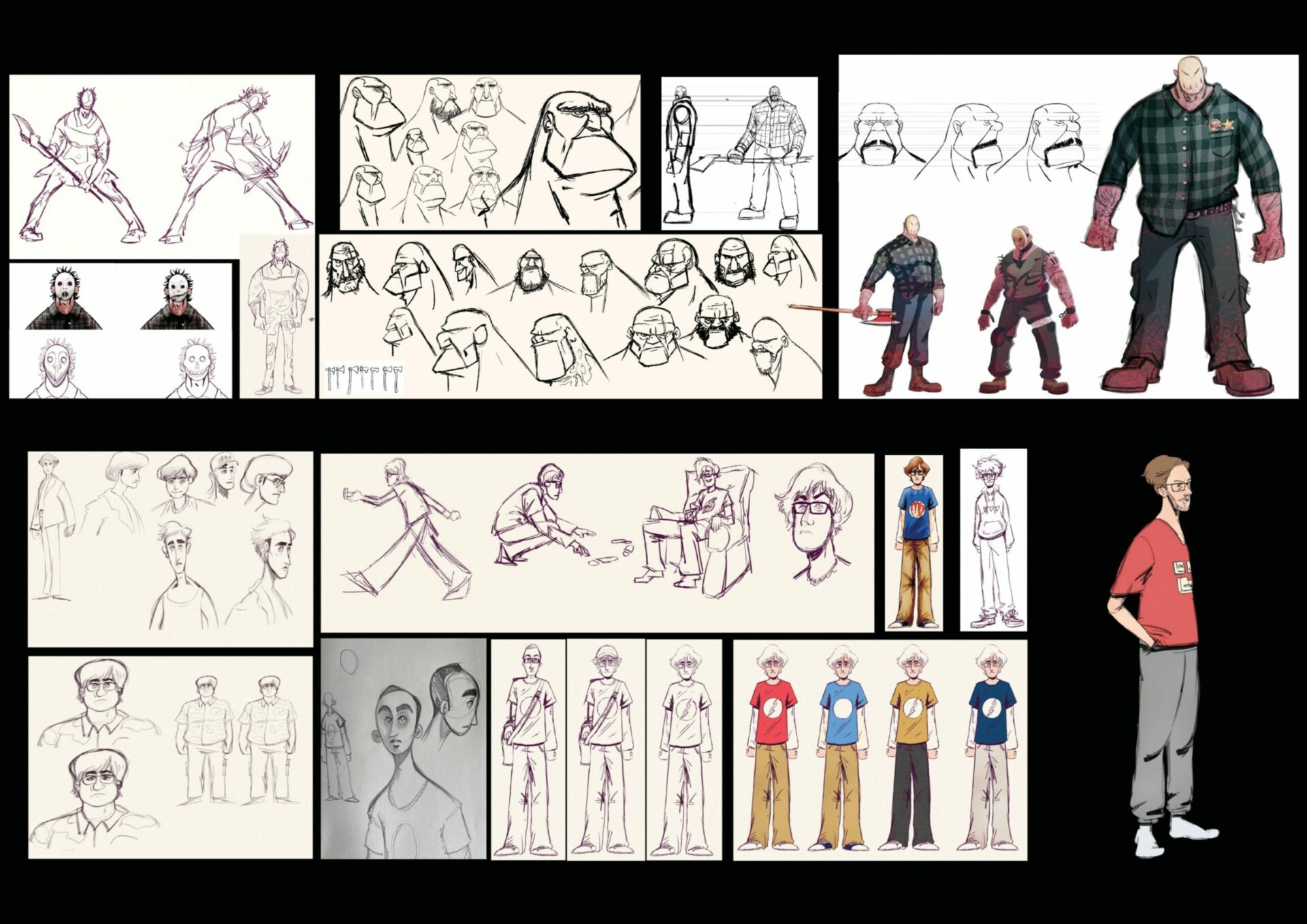
Where did concept Art come from?
The term concept art dates back to the 1930s at Walt Disney Studios. One of the pioneers, Gustaf Tenggren, helped shape the worlds of Disney classics like Snow White and Pinocchio. In live-action cinema, artists like Saul Bass became known for movie posters and visual design that hinted at tone and theme long before a camera rolled.
Fast-forward to today, and concept art is everywhere—from indie games and Hollywood blockbusters to Netflix animation, advertising, and beyond.
What are the different types of concept art?
Concept art isn’t one-size-fits-all. It branches out into various specialties, depending on the needs of the project:
- Environment Concept Art: Defines landscapes, interiors, and entire worlds.
- Character Concept Art: Shapes the personality and appearance of characters.
- Prop Concept Art: Designs tools, weapons, objects, and accessories.
- Vehicle Concept Art: Develops designs for cars, ships, and machinery.
- Style Exploration: Establishes the visual language and mood of the project.
Each of these requires different thinking and sometimes different tools, but all demand a strong artistic foundation and a clear understanding of storytelling.

Techniques and tools used in concept art
In the digital age, the tools used in concept art are numerous and can be adapted to the needs of each project. In the case of certain video games or film projects, these techniques can be rethought or twisted to create a unique approach . Projects like the Arcane series (based on League of Legends) show just how far concept art can go in setting a unique tone, style, and immersive world.
Modern concept artists use a blend of traditional drawing skills and digital tools. Some of the most popular software and platforms include:
- Photoshop
- ProCreate
- Blender
- Maya
- 3ds Max
In practice, a graphics tablet is obviously an essential tool, but a lot of concept art is now created on consumer tablet models, using easy-to-learn software. It’s an easy way to get to grips with the tools, before moving on to professional training.
Where do concept artists work?
Concept artists are in demand across multiple industries:
- Video games
- Animated and live-action films
- Television and streaming
- Advertising and marketing
- Publishing and book covers
- Product design and branding
Global demand and digital workflows have also made it easier for concept artists to work remotely on international projects.
There are plenty of opportunities, especially as globalization and digital tools now mean that many concept artists can work remotely on international projects. From a junior position in an animation or video game studio, a concept artist can build a career and work on a variety of projects, even managing their own teams, or becoming independent and working with marketing agencies, launching into product design, or turning to consultancy. A concept artist can also become an art director, overseeing the entire creative process behind the project on which he or she is working.
What studies do I need to do to work in concept art?
The best way to enter the field is through dedicated training. A professional concept art school will teach both the technical and artistic skills you need, plus give you the chance to:
- Build a strong portfolio
- Learn from experienced industry mentors
- Collaborate on real-world projects
- Develop professional workflows
- Build your creative network
